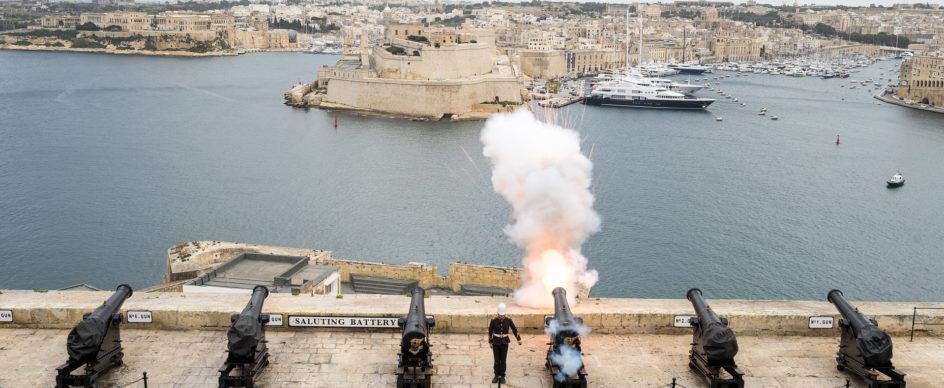
Valletta’s Underground Tunnels
- Jul 18, 2020
...a network of tunnels hidden deep beneath the city.
Valletta can be described as a melting pot of African, European and Middle Eastern influences. The city’s military history is reflected not only in the overarching presence of its fortifications, but also the networks of tunnels hidden deep beneath the city.
A Brief Historical Overview
These underground tunnels have been repeatedly mentioned in historical records. The first recorded mention of these tunnels dates back to 1565 – the year when the Ottoman Empire aimed to overthrow the Knights of St. John’s stronghold in Europe by attacking Malta.
Tunnels were a vital part of the Knights’ defence strategy: in fact, they ordered underground tunnels to be dug with the intention of having a safe space where food, water and ammunition could be stored in the case of an attack.
It’s interesting to note that these tunnels were not solely military in purpose. Archaeologists and other experts noted that these tunnels also formed part of a highly advanced sewage system that supported the burgeoning city.
Valletta’s underground maze of tunnels continued to be essential throughout the 18th, 19th and 20th centuries. One key example is the importance of these tunnels during World War II. During this tragic period of Maltese history, which saw more than 3000 bomb raids, the citizens of Valletta used these tunnels as underground shelter and storage of essential and life-saving materials.
Lascaris War Rooms and Tunnel Tours
Located 46 metres below Valletta’s Upper Barrakka Gardens and the Saluting Battery, the Lascaris War Rooms are an oft-forgotten part of WWII history.
The War Rooms housed Britain’s War Headquarters during the War’s most crucial years and form part of the complex network of underground tunnels and chambers.
In 1943, General Eisenhower and Commanders Admiral Cunningham, Field Marshal Montgomery and Air Marshal Tedder used the War Rooms as their official HQ for Operation Husky. In the 1960’s – more precisely, 1967, the War Rooms were still active, this time serving as a NATO base for the interception of Soviet Subs in the Mediterranean. They also played a role in the 1956 Suez Crisis and the 1962 Cuban Missile Crisis.
After decades of near-abandonment, the Lascaris War Rooms and tunnels were taken under the helm of the voluntary, non-governmental organisation Wirt Artna. In 2009, the organisation embarked on the restoration of this underground network and painstakingly brought it back to its former glory.
Nowadays, the Lascaris War Rooms and adjoining tunnels are open for the public from Monday to Saturday, between 10 am and 5 pm. Thanks to the exceptional guided tours, visitors can learn all about the undercover operations that made the Lascaris War Room and tunnel complex an integral part of world history.
Where to stay whilst in Malta?
If you’re a history aficionado, Valletta is undisputedly the place to be.
Malta’s capital city is nestled between two natural harbours and its 16th-century buildings, and historic landmarks, led to it being recognised as a UNESCO World Heritage Site and the 2018 European Capital of Culture.
And what about a place to stay that values history and sustainability? Formerly a Victorian-period palazzo, Casa Ellul has been carefully restored and converted into a luxury Valletta boutique hotel that balances modernity and traditionality.
With only nine suites, this boutique hotel is carefully curated to provide a highly-personalised service that guarantees discreetness, luxury, comfort and personal attention. Control your personal narrative by booking your stay at Casa Ellul for a truly authentically-Maltese experience.




